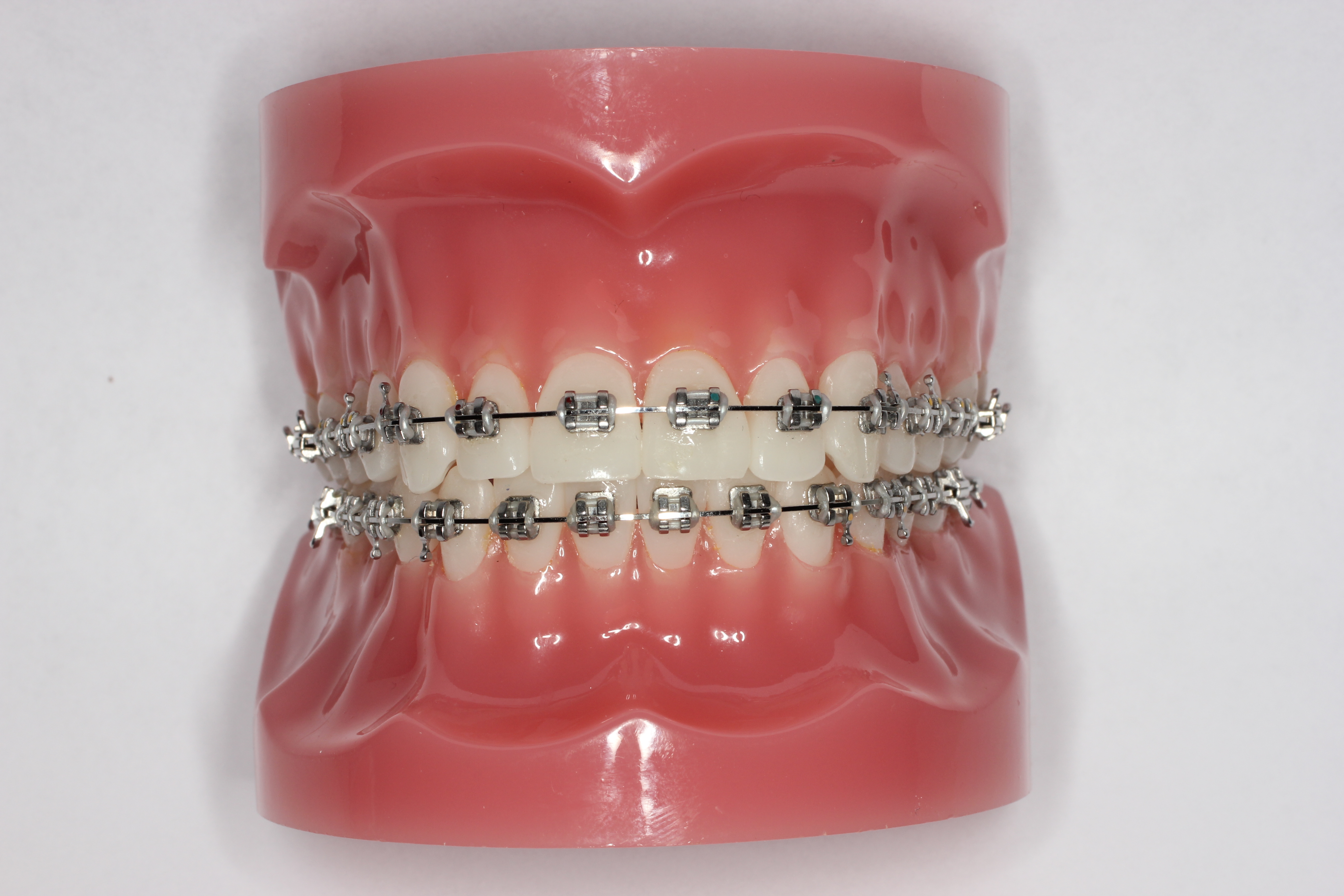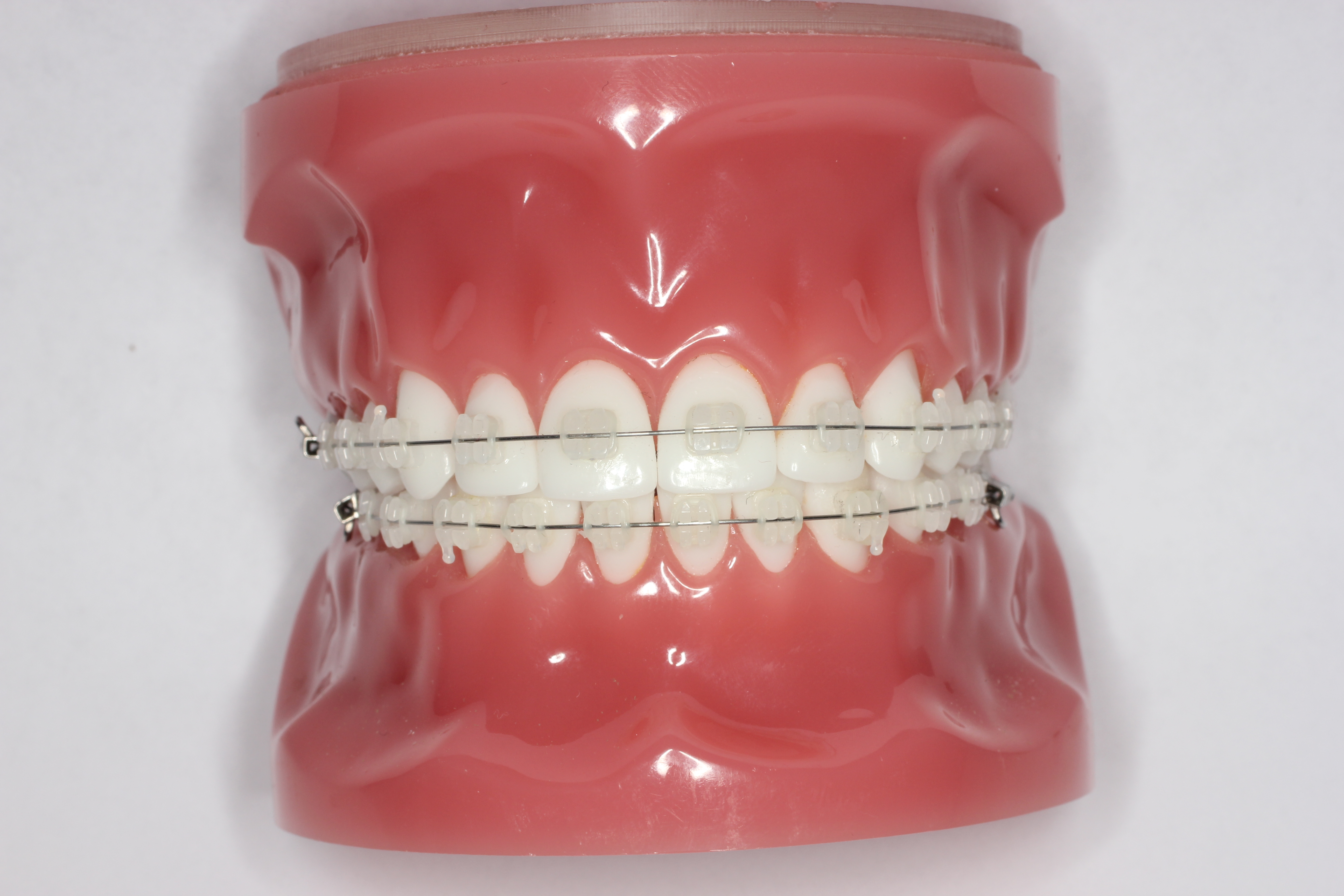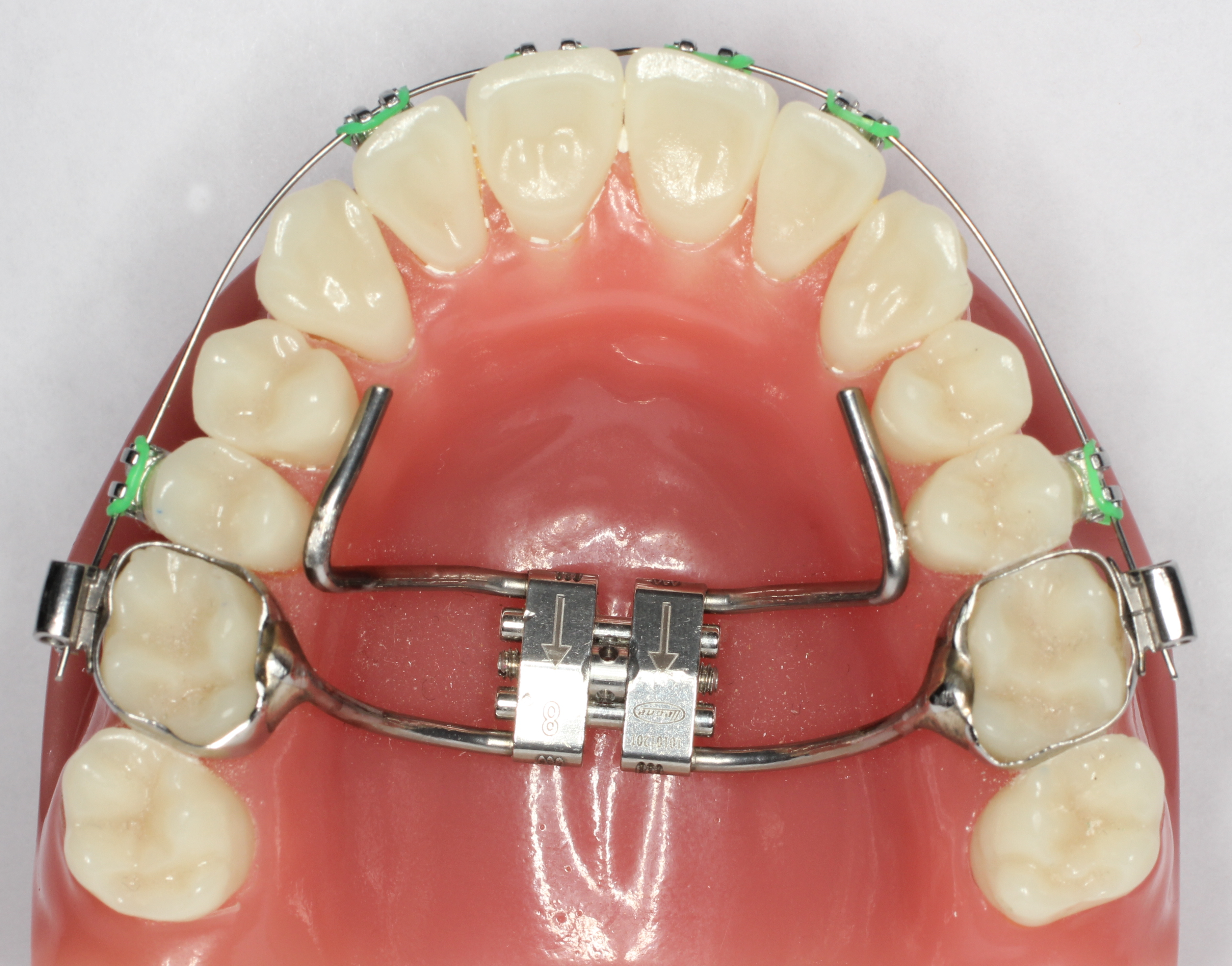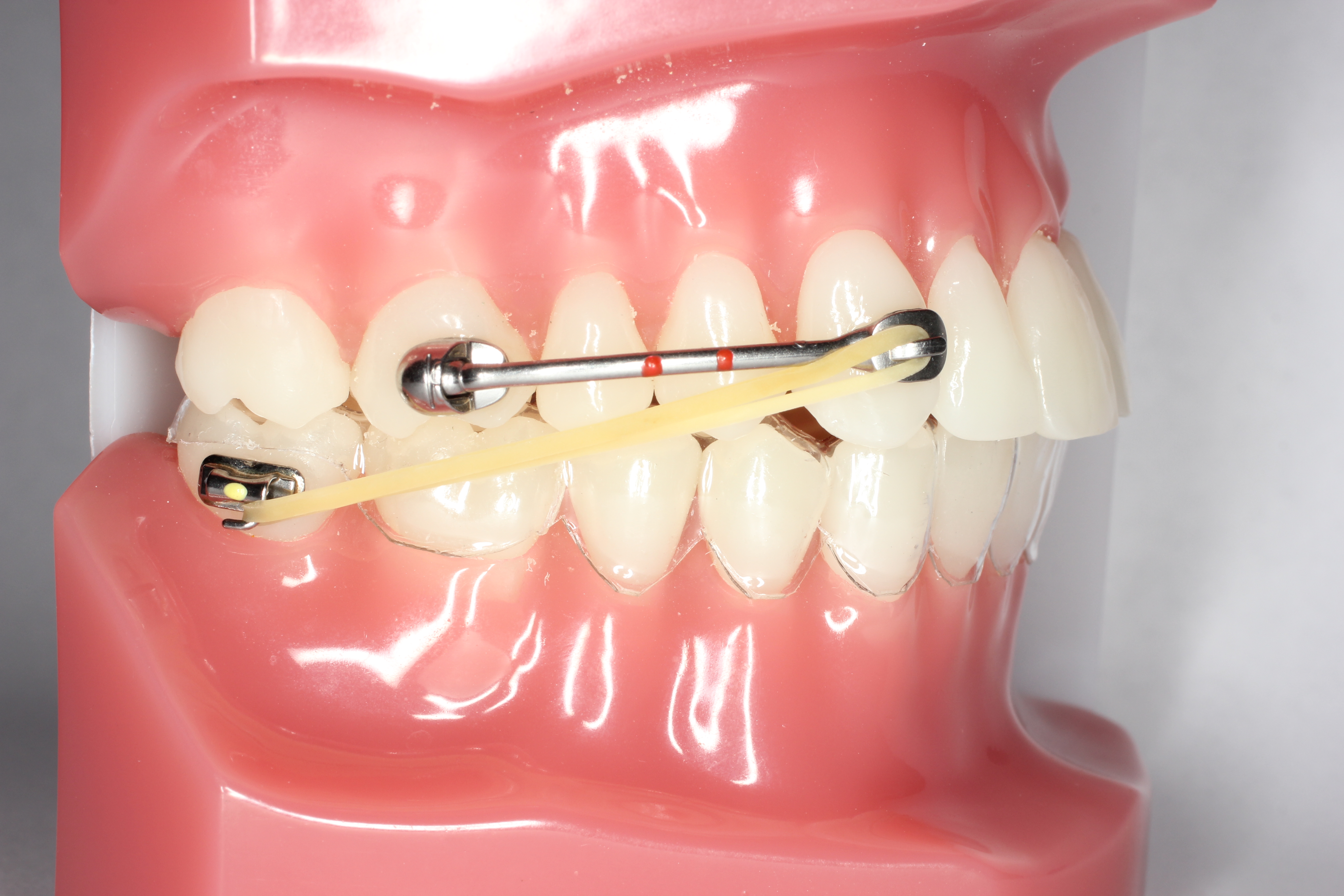Orthodontic Appliances
What are the different types of orthodontic appliances available?
Palatal Expander
A Rapid Maxillary Expander (RME) is for patients whose upper jaw is narrow. It gently widens the upper arch (palate) by stretching the center palatal connective suture. Once widened, the suture knits together. The Rapid Maxillary Expander is prescribed only prior to completion of growth.
A parent or the patient adjusts the Rapid Maxillary Expander daily as instructed, until the palate has been widened enough. It is then left in place for about six months without further adjustments for long term stability.
Before the Rapid Maxillary Expander feels comfortable, the patient may sense some initial pressure and expect :
To feel a tingling or itch under the expander
To feel a tingling sensation across the bridge of the nose
To see a space appear between your upper two front teeth
A special key is used to activate the Rapid Maxillary Expander :
Loop the string on the key around your finger or wrist to prevent the possibility of it being swallowed
Insert the key in its slot, it will not touch the roof of the mouth
Push the key all the way from front to back
Remove the key
Turn as you have been instructed
Remember, when brushing, use a Proxabrush or a regular toothbrush
Brush as usual
Use a water rinse to flush under the expander

Bracket Types
Their are different types of orthodontic brackets. Metal and clear.
- They are both glued on to the teeth and have the same functionality.
- Younger patients who want to add a little originality to their treatment often choose coloured ligatures to their braces which can be changed on their next appointment.
- Ceramic brackets are less apparent and are more discrete, making them more popular with teenagers as well as adults.

Growth Modification
This orthodontic appliance is used to eliminate the wide gap between upper and lower teeth. It is most efficient during growth development and helps to reposition the lower jaw to the upper jaw.


